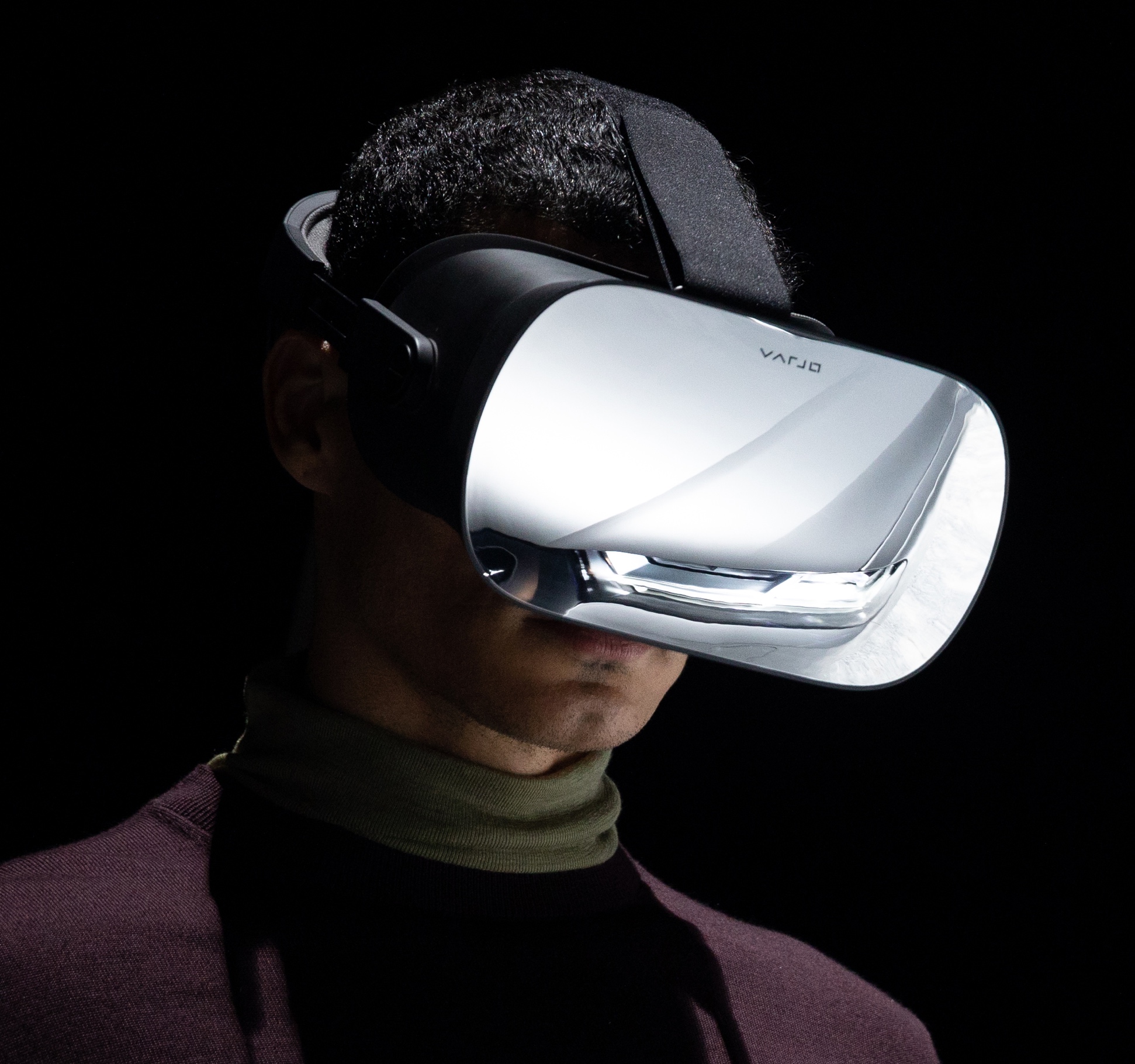 EMERGING TECH
EMERGING TECH
 EMERGING TECH
EMERGING TECH
 EMERGING TECH
EMERGING TECH
Finland-based startup Varjo Technologies Oy launched its first virtual reality headset today, the VR-1, that outclasses all others on the market not only with the highest fidelity but at $5,995, the highest price tag as well.
The VR-1 supports a resolution greater than 60 pixels per degree, which the company claims is 20 times greater than any headset on the market. According to Varjo, this puts the VR-1 close to the equivalent of the human eye.
“One of the crucial things for Varjo in our development was this early access program that we had with our [pilot] companies,” Varjo Chief Marketing Officer Jussi Mäkinen told Forbes. “It really shaped the product, working side-by-side with companies like Audi, Volkswagen and Saab… to really understand the market. We wanted to make the ultimate VR product for professionals without any sacrifice in quality.”
With its price tag, the VR-1 will be sold directly to enterprise customers with an eye for its ability to provide the best-in-class VR experience. In the current market, consumer aimed headsets range from $800, such as the HTC Vive Pro, and around $350 for the Oculus Rift.
To complete this feat of technology, the VR-1 builds in two screens (one per each eye) that include –and this is a mouthful — a 1920-by-1080 low-persistence micro-organic light-emitting diode screen and a 1440-by-1600 low-persistence active-matrix light-emitting diode screen.
The system also uses a high-fidelity eye tracking camera inside of the headset so it can rapidly update the high-quality rendering and convey what the user is looking at. What Varjo calls the 20/20 Eye Tracker can be used for foveated rendering, allowing the computer to render only what’s being looked directly at in extremely high quality, thus lowering processor needs.
“It’s so accurate you can use it for user interactions,” Varjo Chief Product Officer Urho Konttori said. “In training is where it excels, because now the trainer can see what the trainee is looking at. You can run stupendously cool analytics on the data seeing how the progress is being made by the trainee. You can also do automatic scenarios where you need to be looking at certain things in a certain order.”
Since its launch in 2016, Varjo has raised a total of $45.9 million, with a Series B funding round led by London-based Atomico Partners LLP in October bringing in $31 million.
Consumer-marketed mixed reality — virtual reality and augmented reality — headset shipments are flagging, according to a report from the International Data Corp. in June. Last year, shipments of headsets dropped 30.5 percent year over year, although it’s believed that sales will pick up again in 2019.
According to a 2018 report from Tractica, enterprise interest in VR has been ramping up as consumer shipments fell — although it is doing so slowly — the market is expected to rise from $1 billion in 2018 to $12.6 billion by 2025. Market research indicated that the driving forces would be led by enterprise applications in training and simulation, medical therapy, location-based entertainment and education.
“Even with continuing growth, market adoption of enterprise VR use cases is moving slower than previously anticipated due to market acceptance lagging behind for several use cases,” said principal analyst Mark Beccue. “Despite some retrenching in the market, however, there is momentum and accelerated activity, especially for location-based entertainment and medical therapy use cases.”
The new Varjo VR-1 headset reaches directly into the enterprise market by providing an extremely high-quality headset. The company has been working with early access partners that include AirBus SE, Audi AG, Saab AB, Volkswagen AG and Volvo AB in order to fine-tune the product for enterprise development.
Varjo also partnered with engineers and developers with backgrounds from Nokia Corp., Microsoft Corp. and Intel Corp. and incorporated Unity Technologies’ ApS user interface software into its product.
“The entire Varjo team has been hard at work for over two years to make nothing less than the best headset on the planet,” said Konttori. “Nothing has been left to chance, nothing has been compromised and we are delighted that the response from our partners has been overwhelmingly positive. VR-1 marks the start of a new era in virtual reality for professionals.”
Support our mission to keep content open and free by engaging with theCUBE community. Join theCUBE’s Alumni Trust Network, where technology leaders connect, share intelligence and create opportunities.
Founded by tech visionaries John Furrier and Dave Vellante, SiliconANGLE Media has built a dynamic ecosystem of industry-leading digital media brands that reach 15+ million elite tech professionals. Our new proprietary theCUBE AI Video Cloud is breaking ground in audience interaction, leveraging theCUBEai.com neural network to help technology companies make data-driven decisions and stay at the forefront of industry conversations.